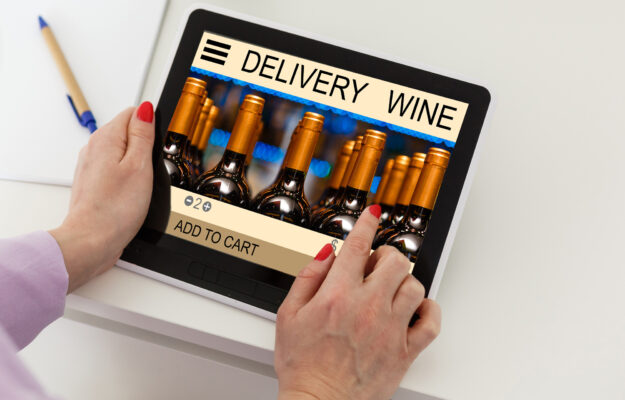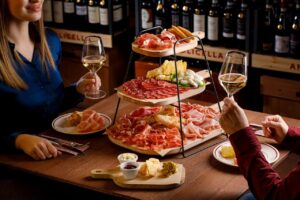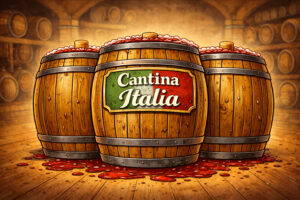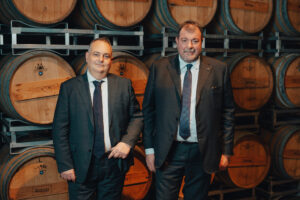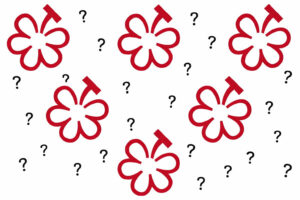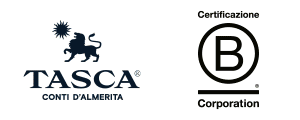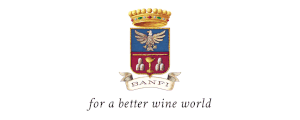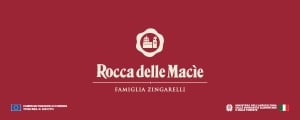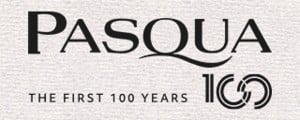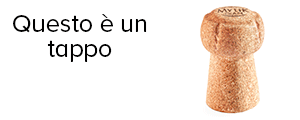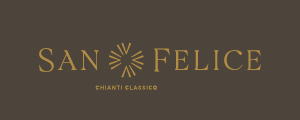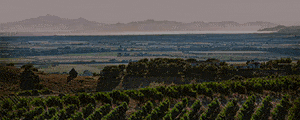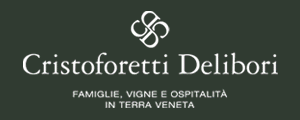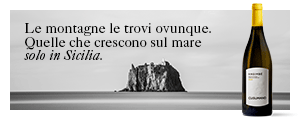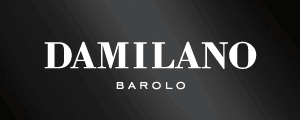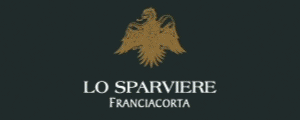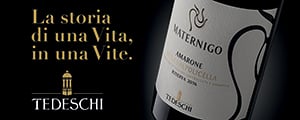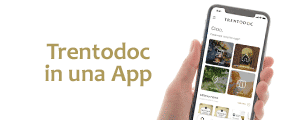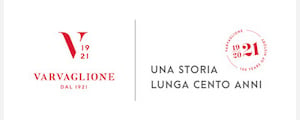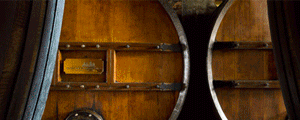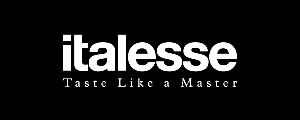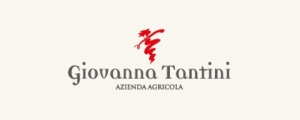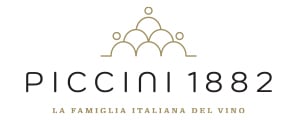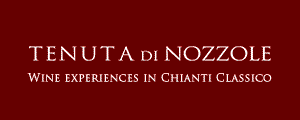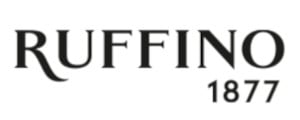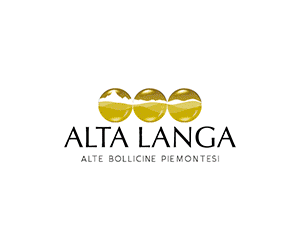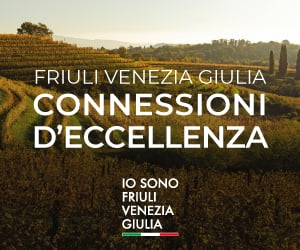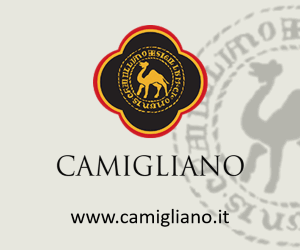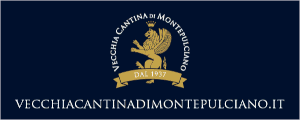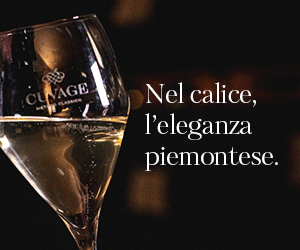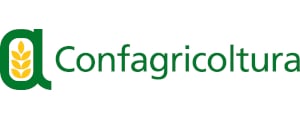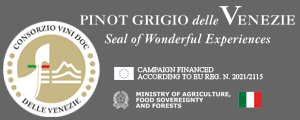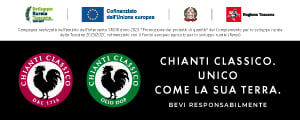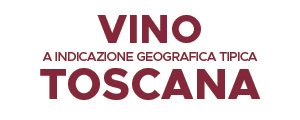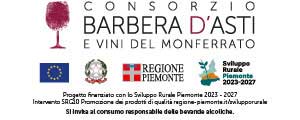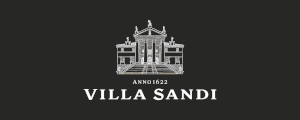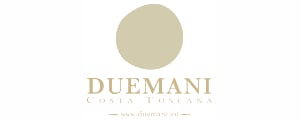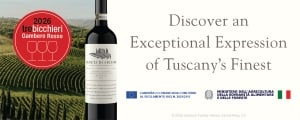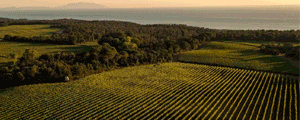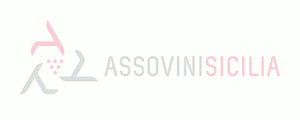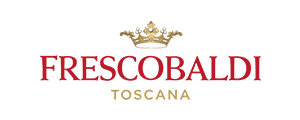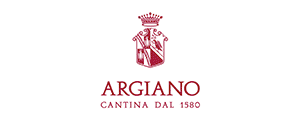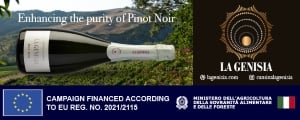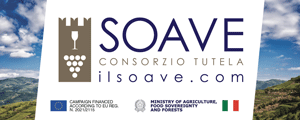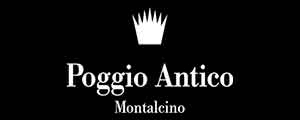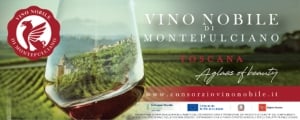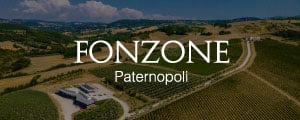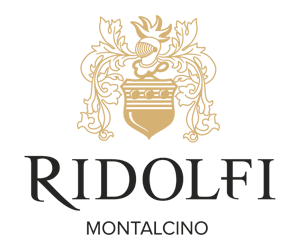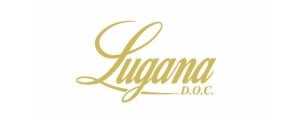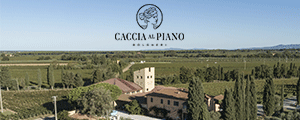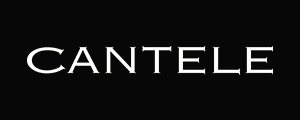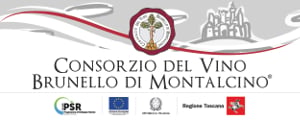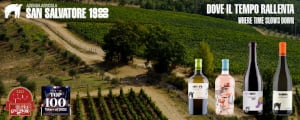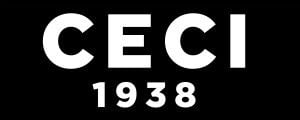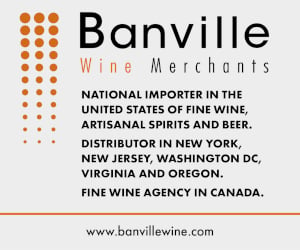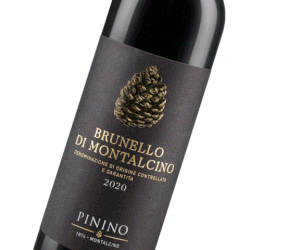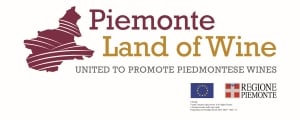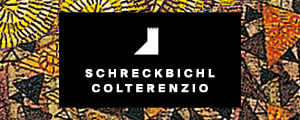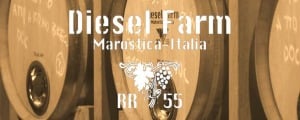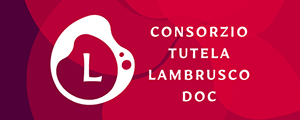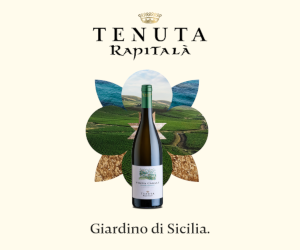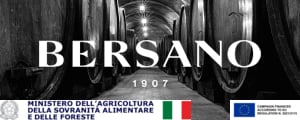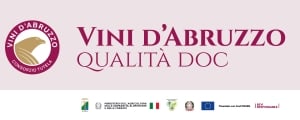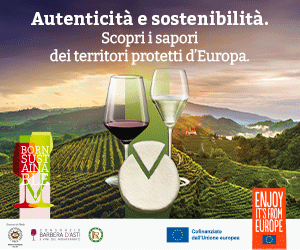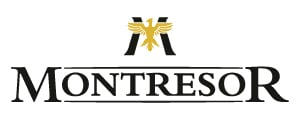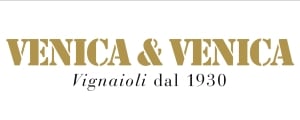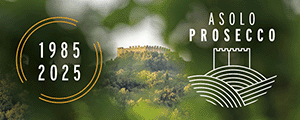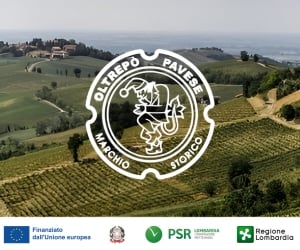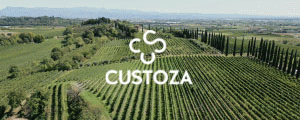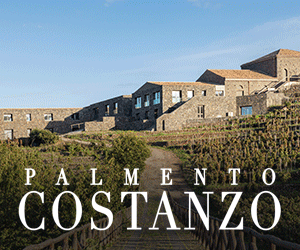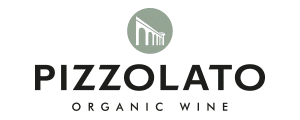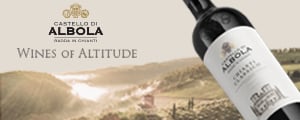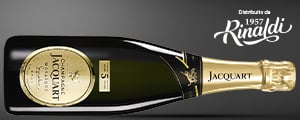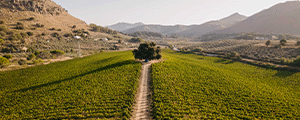Even though just a few years have gone by, it now seems like a long time ago when the Pandemic caused a “boom” in online purchases, which was obviously due to the lockdown and the consequent “physical” closure of many businesses. That phenomenon affected the wine sector, too, which found a much needed breath of fresh air in e-commerce, a crucial channel that generated sales during that historical period when bars and restaurants were closed. Now, in the past few years we have returned to normality, so, what is the current situation regarding online wine sales? The analysis of the IWSR (International Wine & Spirits Research) summarized the situation, indicating that the situation is positive and growing, even though there are differences from country to country. In the case of Italy, for instance, the sector has been affected by the global scenario of falling consumption and economic uncertainty, as the main Italian players told WineNews at the end of 2024. The IWSR report also predicted that the e-commerce channel of alcoholic beverages will reach more than 36 billion US dollars by 2028. There is one more detail to consider, which shows the evolution and growing influence of online in the shop of a wine lover. Digital channels now play a significant role in influencing purchasing decisions offline, and obviously, also online. global online alcoholic beverages market is, therefore, entering a new era of sustainable growth, according to the most recent data from IWSR. Predictions of e-commerce alcohol sales, as a matter of fact, indicate they will reach 36 billion US dollars by 2028, meaning +20% increase in value over the next five years. The findings on the recent IWSR strategic e-commerce study, which analyses the online alcohol channel on 18 key markets (Australia, Brazil, Canada, China, Colombia, France, Germany, Hong Kong, Italy, Japan, Mexico, Netherlands, Nigeria, Singapore, South Africa, Spain, the UK, and the US), highlight the evolving role of digital platforms shaping consumer behavior, as purchasing channels, and also as influential spaces to discover and engage with brands.
Guy Wolfe, Head of IWSR e-commerce Insights, explained, “after significant volatility over the past five years, global channel dynamics appear to be stabilizing. While the alcohol e-commerce channel has grown substantially, it has also become quite clear that its influence extends well beyond online transactions. Digital platforms now play a critical role in offline sales, as more and more consumers are relying on online searches to drive their in store purchases. Maintaining a strong digital presence is crucial for brand owners. Prioritizing the development of robust online strategies and continually refining digital content will be key to staying competitive”.
The scenario that has been outlined indicates rosy prospects. The IWSR study underlined that on 18 key markets the online alcohol market will grow +20% in value from 2023 to 2028, adding 6 billion US dollars in incremental growth. A significant percentage of future growth is expected to come from the two largest alcohol e-commerce sectors: that is, Chinese marketplaces and the US omnichannel. Smaller channels will also contribute value, including those in Australia, Japan and Mexico.
The spirits sector will drive future growth. Agave spirits and whisky have emerged as the best-performing subcategories. Wine, and especially beer, will also continue to show steady growth, driven by markets such as China, and in the case of wine, Italy.
Chinese online marketplaces will continue to be dominant, as they will be contributing 1.9 billion US dollars in value growth by 2028. Among them, social commerce platforms such as Douyin (the Chinese version of TikTok, ed.), are reshaping consumer interactions, combining shopping and entertainment, and also allowing fans to buy directly from their favorite online influencers. While regulations on alcohol sales indicate that social media platforms are primarily a digital marketing tool in most countries, in China they have become an important and growing sales channel.
The United States will continue to be a key market for the global online alcohol channel, as its share of purchasers has been increasing 4 percentage points year-on-year, according to the latest IWSR consumer survey conducted in the third quarter of 2024. Currently, a very large number of non-users (especially “Millennials”) have indicated they will most likely adopt online shopping in the future. The frequency of online shopping has also increased, as weekly purchases are up 13%. American whiskey will be driving a significant share of the predicted growth. Generally, however, the less developed e-commerce markets for alcohol have seen channel usage decline, approaching pre-Pandemic levels. In addition to China and the United States, the markets that will contribute the most to growth are Japan, Australia and Brazil. Italy is also doing quite well, and boasts the fastest growth rate (starting from a fairly low base, however), driven in part by supermarkets that are increasing investments in online spending. Consumer research, IWSR explained, indicates that the Italian base of online alcohol shoppers increased by around half a million in 2024.
On the whole, people who shop online are adapting to more consistent models. Price remains a priority, due to economic pressures, but discovering and experimenting continue to drive purchases. In key markets, 24% of shoppers cited researching new brands as the key reason for shopping online, emphasizing the channel’s potential for innovation and engagement. E-commerce has become a key tool for research, considering that 63% of online shoppers do extensive research before making a purchase, and the trend is becoming more and more mirrored by offline shoppers. Brand websites, product reviews and even delivery apps are becoming an integral part of purchasing decisions. Specifically, IWSR concluded, price comparison and product discovery rank as the top search drivers, underlining the growing role of digital ecosystems, which are influencing consumer choices across all channels.
Copyright © 2000/2025
Contatti: info@winenews.it
Seguici anche su Twitter: @WineNewsIt
Seguici anche su Facebook: @winenewsit
Questo articolo è tratto dall'archivio di WineNews - Tutti i diritti riservati - Copyright © 2000/2025










